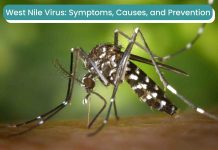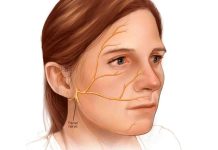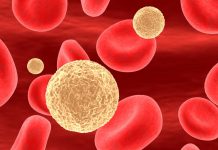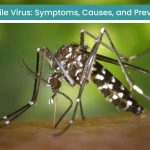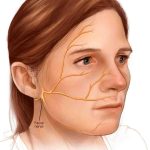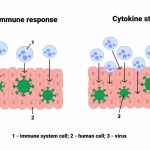What is Legionnaires’ Disease?
Legionnaires’ disease is a lung infection (pneumonia) caused by bacteria from the Legionella group. The infection occurred when a person breathes in bacteria commonly found in the environment.
Legionnaires’ Disease Symptoms
Legionnaires’ disease usually causes fever, chills, coughing and shortness of breath. There are people who also experience muscle aches, headaches, tiredness, loss of appetite and diarrhea.
Sufferers can fall seriously ill with pneumonia; most sufferers recover but this disease is sometimes deadly.
How is Legionnaires’ Disease Transmitted?
- Legionnaires’ disease can occur after someone breathes polluted moisture or dust.
- Although there are many different species of Legionella bacteria, the two most common species causing disease are Legionella pneumophila and Legionella longbeachae.
- Legionella pneumophila bacteria can pollute the AC cooling tank, shower and other watery places.
- Legionella longbeachae can contaminate soil or potting mixtures.
- People may be exposed to this bacteria at home, at work or in public places.
- Legionnaires’ disease is not transmitted from person to person.
- The time between a person’s exposure to the bacteria and getting sick is between two to 10 days.
Who is at risk?
Legionnaires’ disease is most often affected by people who are middle aged or elderly, especially smokers or sufferers of chronic lung disease. People whose immune systems are weakened by drugs or diseases such as cancer, kidney failure, diabetes and AIDS, also face a higher risk.
Legionnaires’ Disease Treatments
Legionnaires’ disease can only be cured with antibiotic treatment. There are patients who may need to be in an intensive care facility and may need help breathing through a ventilator.
Legionnaires’ Disease Prevention
Legionella pneumophila grows and reaches large amounts in warm, calm water. Outbreaks are sometimes linked to contaminated cooling tanks (which are part of the air conditioning system in large buildings). Periodic inspection, disinfection and maintenance of cooling tanks and plumbing systems limits the growth of these bacteria.
Legionella longbeachae is commonly found in soil and potting mixtures. Hence, Wet the potting mixture to reduce dust. Don’t forget to wash your hand after interacting with the mixture of potted soil or soil.
Legionnaires’ Disease Diagnosis
It is difficult to distinguish Legionnaires’ disease from other types of pneumonia based on symptoms alone. Chest X-ray helps diagnose pneumonia but the diagnosis of Legionnaire’s disease requires special tests.
Blood sample test (taken at intervals of three to six weeks), sputum and urine help confirm to the diagnosis.












